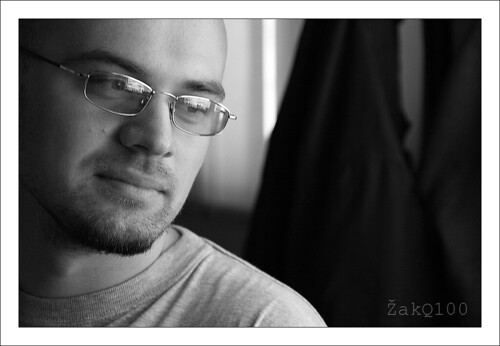OpenOffice.org Conferences: Native-Lang Project Members meet at Bolzano, 3 October
The PLIO Association (Italian OpenOffice.org Native-Lang Project) is pleased to invite everyone involved in the Native-Lang Confederation to join the meeting that will be held in Bolzano/Bozen (Italy) on October 3rd, 2008.
Goal of the meeting is to prepare the discussion topics that will be brought to Beijing: some European Native-Lang project members won’t be able to take the great opportunity offered by OOoCon 2008 and this way they can delegate someone to bring their opinions to Beijing.
Native-Lang issues will also be discussed in greater detail than it is usually possible during OOoCon. Attendance to the meeting will be free.
Specific topics to be discussed during the meeting will be decided on the native-lang mailing list. At the moment, ideas include: localization, QA, documentation, marketing, all from the point of view of Native-Lang projects. Other proposals are welcome.
Bolzano (Bozen in German) is the capital city of South Tyrol, the German speaking region in northern Italy. Thanks to its excellent services and a wonderful landscape, it is constantly ranked among the first cities when it comes to quality of life. Bolzano hosts major free software deployments: more than 2500 computers in local schools were recently upgraded to GNU/Linux and OpenOffice.org, and OpenOffice.org has been installed since 2005 on all computers in the local institutions.
Bolzano is well-connected, being a major hub of the railway system in Central Alps. It also has a small airport (BZO) with scheduled flights provided by Air Alps to Rome and Hannover; other nearby airports are Verona and Venice, and PLIO might organize transfer or pick-up services from those airports to Bolzano. Highway A22 (Autostrada del Brennero,
Brennerautobahn) leads to Bolzano from South and North: Bolzano is about 280 km from Munich, Venice and Milan. The city and its metropolitan area are well developed for tourism and you can find all kinds of accommodation with a price range from 30 to 96 EUR for a single room per night.

 Prato, S. Stefano Cathedral by
Prato, S. Stefano Cathedral by  Portrait of a software developer by
Portrait of a software developer by  A possible taxonomy by
A possible taxonomy by  The more participants we have the more fun the award will be by
The more participants we have the more fun the award will be by  Building Balance by
Building Balance by  Diving in the Sardinian Open Source sea by
Diving in the Sardinian Open Source sea by
Reply